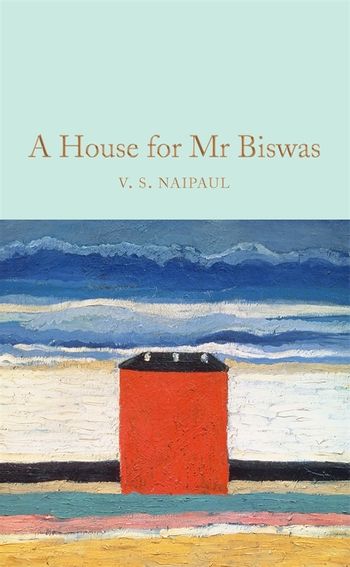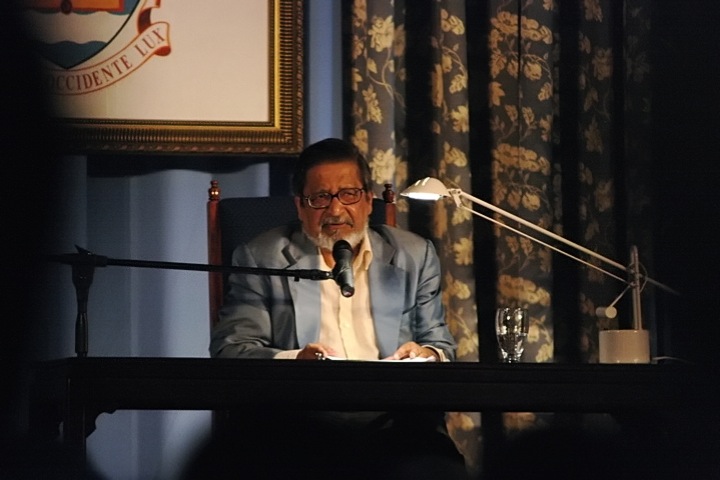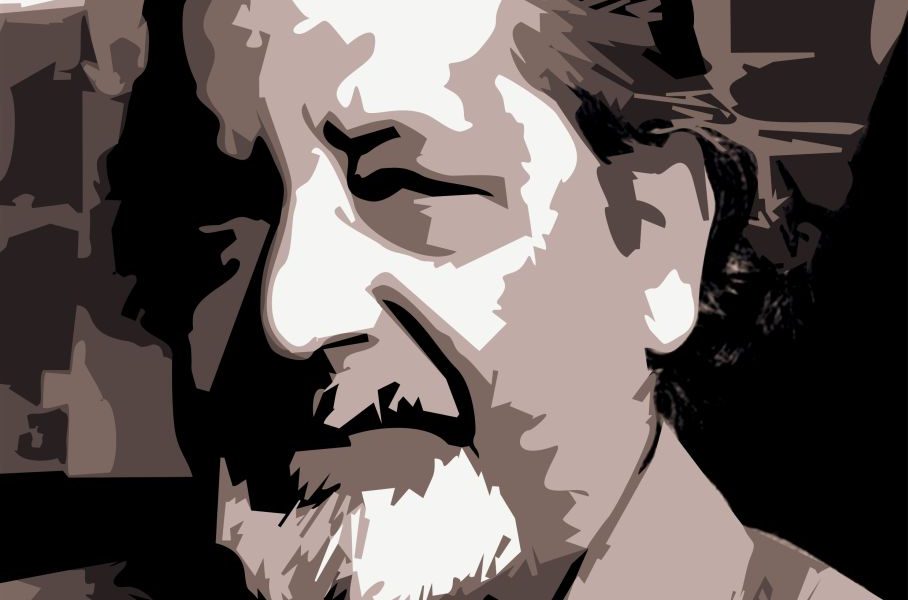I was a student who had barely read half a dozen novels when I came across a newspaper interview of a certain male writer who was asked to name a woman writer he considered his equal. He responded quite nonchalantly that he felt no woman was equal to him. The arrogance of the response shocked me.
But over the years, I would come to realise that V.S Naipaul was simply being true to his character. The question was asked precisely to evoke a kind of response that would stir controversy. Naipaul’s views on women had always been deeply misogynistic, but they were less widely known prior to this interview. So, before I knew anything about his novels, I knew Naipaul was the man who had pompously proclaimed that no woman could write like him – not even Jane Austen.
Also read: V.S. Naipaul Courted Controversy at Every Step, But His Voice Was Never Ignored
In 2015, I was halfway through my under-graduation in English and by then had learned enough about the author to know that he was a literature stalwart. Newfound knowledge about Naipaul’s vast oeuvre made me wonder whether I should simply forget the revolting response that had, for some reason, stayed with me for so long. This was also the year that Naipaul attended the Jaipur Literature Festival. Several hundreds gathered in the front lawns of Diggi Palace to catch a glimpse of the literary superstar.
I had only seen a photo of Naipaul in his youthful days – a pleased and confident Oxford alumna who was beginning to acquire a formidable stature in the world of letters. But the man who got on stage was huddled in a wheelchair that was pushed by a young woman. Tiny, bulbous, and gentle. Something about his face was so compelling that even as I watched him from afar, I softened my gaze and sat spellbound by his wit and spontaneity during the session.

A House for Mr. Biswas
V. S. Naipaul
Pan Macmillan Collector’s Library (August 2020)
A few months later, I joined Pan Macmillan as an editorial intern. Its literary fiction imprint, Picador, had acquired the rights to publish new editions of Naipaul’s writings. I instantly brought home the entire shelf of his works, convinced that I would enjoy reading them. Apart from the free copies I now owned, the incentive was to read ahead of the syllabus because A House for Mr. Biswas was part of the Delhi University reading list.
But as I began, I found it impossible to move past the callous caricatures of Naipaul’s women characters. In the claustrophobic environment of the Hanuman House, Mr. Biswas lacks agency but so does his wife, Shama. Apart from the minimal compassion that the narrative evokes for her, the reader’s empathy must ultimately lie with Mr. Biswas, who was duplicitously forced into marrying her. Shama is reduced to one of the many loathsome members of the Hanuman household who emasculate Mohun Biswas.
Is this a reductive summary of a Dickensian masterpiece? Perhaps. A reading that conflates the narrator’s voice with the writer often is. Convinced that my critique of a writer as venerable as Naipaul must be more nuanced, I read A Bend in the River. Salim’s xenophobia and racial contempt towards the native African population are easy to detect even after a cursory reading. But what lingered as a foul memory long after I finished reading was Salim’s extramarital affair with a married woman, Yvette, which he ends by hitting her and spitting between her legs during intercourse.
I did not go back to reading Naipaul after this. Therefore, I do not write this essay as a literary critic. My response to his work lacks scholarly refinement. But the refusal to read him further originates from a sense of betrayal.
Several postcolonial writers, who deftly portray the oppressed, lack nuance when writing women characters. The struggles of a postcolonial subject are often of a male postcolonial subject. And yet, none have been so overtly misogynistic in their personal life and writing as Naipaul was. A facile but persuasive argument for me is that the literary world would not be so forgiving if women writers openly declared their hatred for men. They must assuage their incisive commentary with the declaration that they do not hate men. And yet, Naipaul could get away without such caveats. Scholars who write about him address his legacy as “complicated”. The unanimous verdict seems to be that he may have been a deeply flawed man, but we must read him nonetheless because he belongs to an immovable canon.
Therefore, the long history of Naipaul’s abuse of the women in his life often gets buried when juxtaposed with the dazzling triumph of a Nobel prize and knighthood. Patricia Hale Naipaul, who he had met at Oxford, suffered in her marriage to a self-aggrandising and violent writer, as a biography published in 2008 revealed. She married him at 22 when Naipaul was struggling financially and was unable to write. Suppressing her ambition and intelligence at the altar of marriage, she poured in economic, moral, and physical support, enabling him to rise to fame.
Patricia painstakingly read, reviewed and copied his manuscripts. She withered away as her husband acquired glory, had multiple affairs, and grew increasingly distant. In a trajectory uncannily similar to Sofia Tolstoy, Patricia turned to diary writing, an intensely private expression of her grief and alienation by one of the biggest writers of the century.

Nobel prize-winning writer V.S. Naipaul reading at the University of the West Indies in Trinidad. Photo: Georgia Popplewell/Flickr CC BY-NC-ND 2.0
For over two decades in the 40-year marriage with Patricia, Naipaul was in a relationship with an Anglo-Argentinian woman, Margaret Gooding. She had left her husband and three children to live with him. Margaret was the victim of Naipaul’s violent outbursts, physical abuse, lurid sexual fantasies and mental trauma. Naipaul himself confessed that the relationship between Salim and Yvette in the novel was inspired by his affair with Margaret.
Also read: Amitav Ghosh on V.S. Naipaul’s Pitiless Mirror
When Patricia got terminal cancer, Naipaul deserted her for good and confessed to the press that he had slept with several women in the early years of marriage. Two months after his wife’s death, he ended his affair with Margaret and married a young journalist from Pakistan, Nadira.
She was the woman who I had seen rolling his wheelchair. She culled the audience’s questions for him to answer.
In interviews, Nadira simply rebuffed the allegations of abuse, stating, “Do I look like the kind of woman who takes abuse?” Her response implies, “It did not happen because it did not happen to me.”
Despite her denial, the disturbing details of Naipaul’s personal life are public knowledge. The biographies of novelist Paul Theroux and biographer Patrick French, Naipaul’s own confessions, and the commentary teeming on the internet all reiterate the same facts. The most heart-breaking is Margaret’s brief but chilling confession, made after Theroux’s biography. “Vidia [Naipaul] says I didn’t mind the abuse. I certainly did mind.”
In the wake of the #MeToo movement, the adage “separate the art from the artist” has become increasingly unconvincing. But in matters of literature, the significance of an author’s work complicates straightforward responses like mine. A novel like A House for Mr. Biswas can be misogynistic and yet it also delves into universal themes of human displacement, isolation and desire for social mobility. A Bend in the River may commodify women, but it also exposes the ravages of both colonisation and nationalist zeal.
The question I asked myself was whether I could overlook the misogyny of the works and the writer himself. I could not.
The question posed to Naipaul had been which woman writer he considered his equal. Curiously enough, no woman writer is asked who is her “equal”. She may be asked which writers inspire her and her list would often include male writers.
Fellow readers have frowned upon my choice to not read V.S. Naipaul anymore. Male readers are hardly disparaged for not reading Austen, the Bronte sisters, or even Toni Morrison. Indeed, if Naipaul had felt that no woman was his equal, it must be so because perhaps they did not intend to be his equal.
Aditi Upmanyu is pursuing her M.Phil. in English literature at the University of Delhi. You can find her on Facebook here.
Featured image: V.S. Naipaul. Credit: Wikimedia

